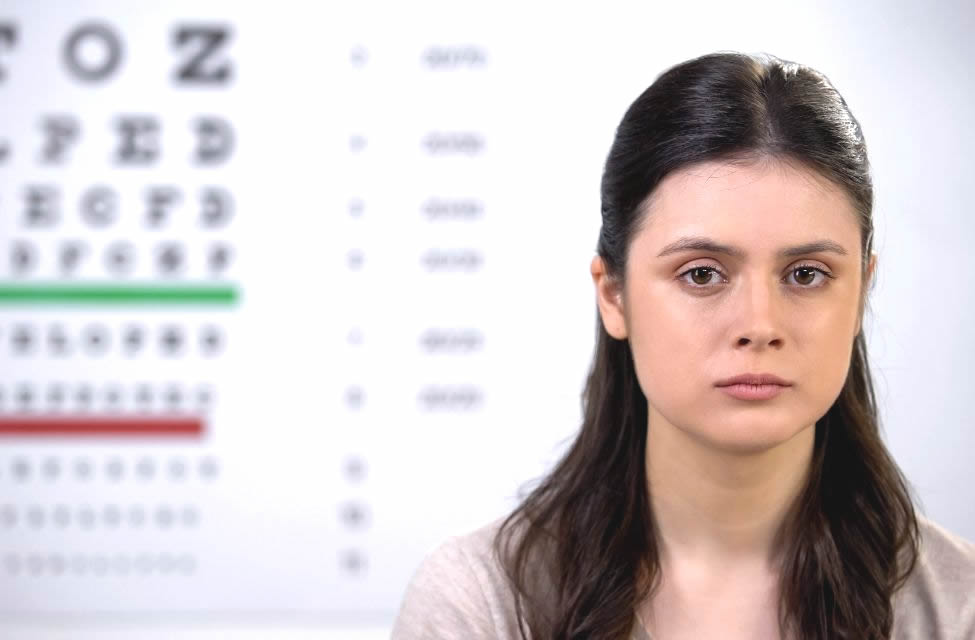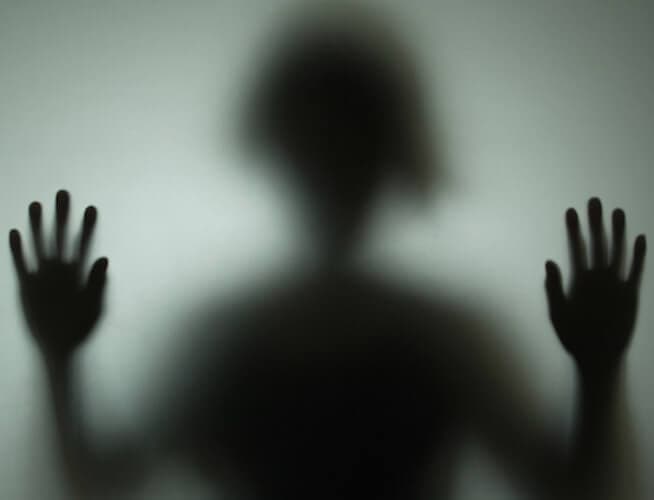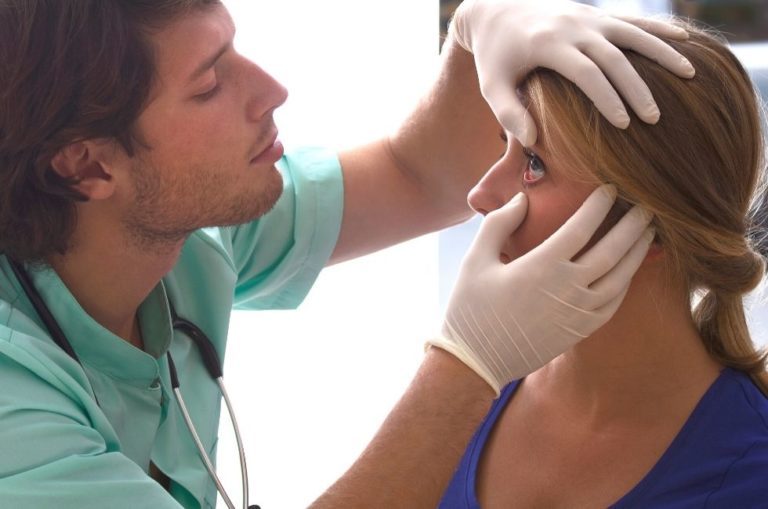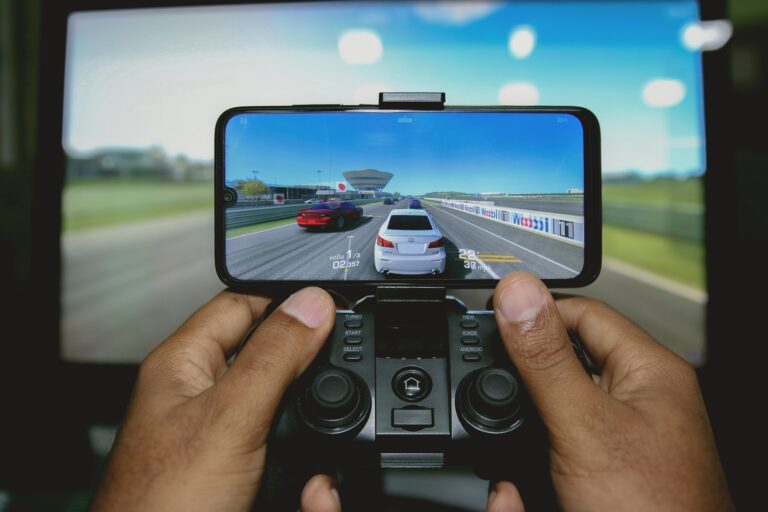Statistics gathered by surveys, studies and research into visual impairment paint a dismal picture of a world where one out of three people are not seeing clearly, according to Gary Rodney, Australian Behavioural Optometrist, Master of Optometry and Fellow of the International Academy of Orthokeratology and Myopia Control (FIAOMC). And he says the worst of it all, is that 80% of these eye problems can be corrected, controlled or managed, but 40 % of them remain unaddressed.
The Picture Painted by Numbers
During the past decade, the overall global population has risen by only 14% (just under 1billion) from 6.9 billion in 2010 to 7.8 billion in 2020. But, according to Rodney, over the same period huge spikes in the number of people struggling with vision.
This has pushed the global figures on visual impairment and uncorrected refractive errors like myopia (nearsightedness) to a current total of 2.5 billion people worldwide. This shows an eight times increase of 2billion people on a figure of 285million only 10 years ago, and pushes up the impact of vision problems to affecting 32% of the global population from only 4% in 2010.
“And 1 billion (or 40%) of those 2.5billion are dealing with eye conditions which could have been addressed or corrected, which could be caused by unawareness, or by lack of access to treatment, ” Rodney says.
Call to Action
The soaring statistics have certainly acted as calls to action, and government and eye-health organisations, scientists and researchers have responded in many countries by trying to determine why vision issues are spiking, how to slow the curve, and how to increase awareness of the threat that curve contains, says Rodney.
However, the opinions and approaches differ as to why vision problems are now affecting every third person in the world. Theories which include the increase in urban lifestyle, diet, location, genetics, too much screen time and the increased role of technology, as well as regular sedentary and close-up work and too little exercise or outdoor time, are all being investigated as possible answers or contributors to the overall problem.
According to Rodney, one of the biggest reasons is the epidemic-like rise in myopia or shortsightedness, a refractive error which affects the eyes’ ability to receive information correctly and deliver it to the brain for processing into a understandable, relevant, and meaningful image.
The People Who are Most at Risk
Statistics suggest that the most likely to have poor vision are those who live in developing countries such as those in the South-East Asia, the Western Pacific, and African regions. These areas account for about 70 percent of the vision impaired population. Most are females of any age; from the middle or lower income groups; or over 50 years old.
Rodney said of the wide range of vision impairments and functional errors, the one most likely to cause the severest damage to sight is cataract. Statistics show it as being responsible for 51% of global blindness.
However, nearsightedness, because of its high prevalence and the major threat it offers, even when at its lowest levels of progression, not only to people’s sight, but also to their general and mental health, their self-image, and their ability to learn, has to be seen as equally serious. And when it is allowed to progress to its highest level, it can also lead to non-age-related macular degeneration, retinal tears and detachment; contribute to the development of cataract, and also sometimes, to blindness, Rodney says.
For more information about vision impairments, myopia and the global threat to vision, and more importantly what you can do to prevent it, or to make an appointment, visit the Smart Vision website: Optometrists Sydney: Optometry Services For Children and Adults | Smart Vision; for specific information about Myopia treatment and prevention visit Myopia Prevention: Solutions, Control And Treatment In Sydney; and for detailed information about Myopia Treatment visit Orthokeratology In Sydney: The Non Surgical Alternative.
Book an appointment for a thorough eye check-up or Call the Bondi clinic on (02) 9365 5047 or the Mosman clinic on (02) 9969 1600.







